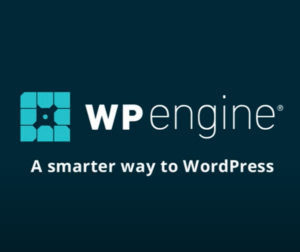Your cart is currently empty!
A client recently faced a dilemma with the theme used for her store. The site was built years ago by a previous developer. The developer who wrote and maintained the theme disappeared four years ago. People have been posting complaints on the developer’s Facebook page about annual renewals still charging. Nobody responds to contact form requests. Password reset emails don’t go out at all. At least their website is still online – though that’s misleading!
While each situation is unique, theme and plugin abandonment is common. Themes and plugins need to be updated about monthly to reflect testing with latest core components, addressing community requests, fixing issues and developing new features.
It takes a critical mass for the business side to work based on lower-scale plugin and theme fees. We’re talking perhaps tens of thousands of free users or hundreds of active paid users. Most projects, as with startup businesses in general, won’t last beyond the first five years.
Ideally a dying theme or plugin will provide an upgrade path to an alternative or be taken over by an entity that supports some form of a transition plan. This is more often not the case.
Looking out
It’s a good idea to keep an eye on your theme and plugin projects. Avoid weak projects in the first place, but learn to anticipate problems. Here’s some things to look at:
- Developer change-log indicates dates and volumes of updates. Look for about monthly updates.
- Community support forum will indicate how responsive the developer is to requests.
- Licensing friendliness. If you have it and notice it’s a pain to update, you can bet its renewal rate suffers.
- Ratings, reviews, feedback can be useful, but not all developers are great at drumming-up reviews.
- Core feature trajectory. Does the project seem compatible with the direction things are going?
Taking action
In the World of open-source WordPress each website owner is responsible for their theme and every function of every plugin they use. The best way to start taking action is to reduce plugins to a safe volume, typically 25 or less for eCommerce websites. Follow developments as regularly as possible. Take a little time to report all issues you run into and be judicious with the responses. Finally, take a step back and get a feeling for how the project fits within the larger picture and where you believe things are going or should be going.







